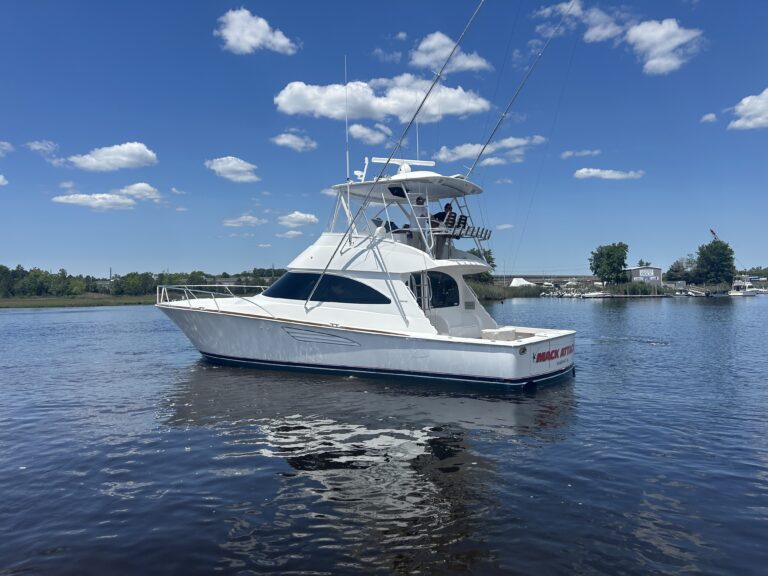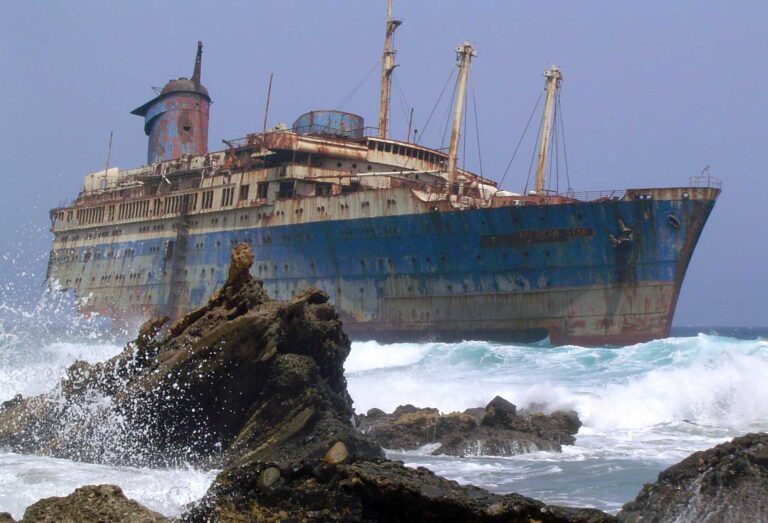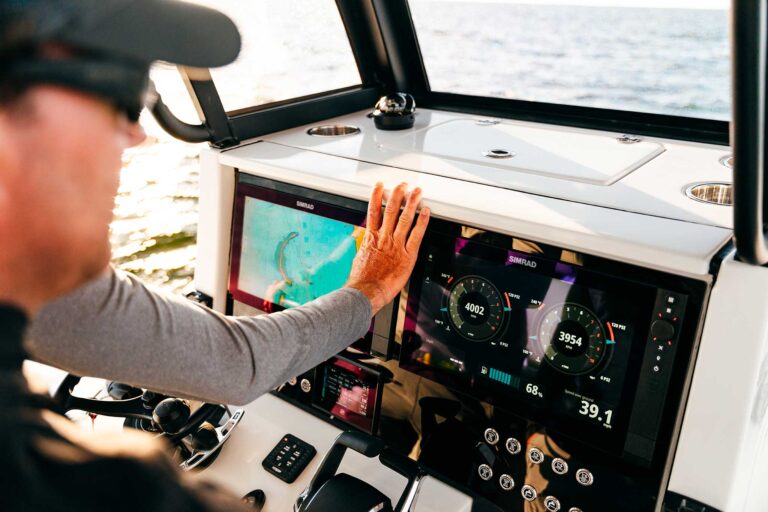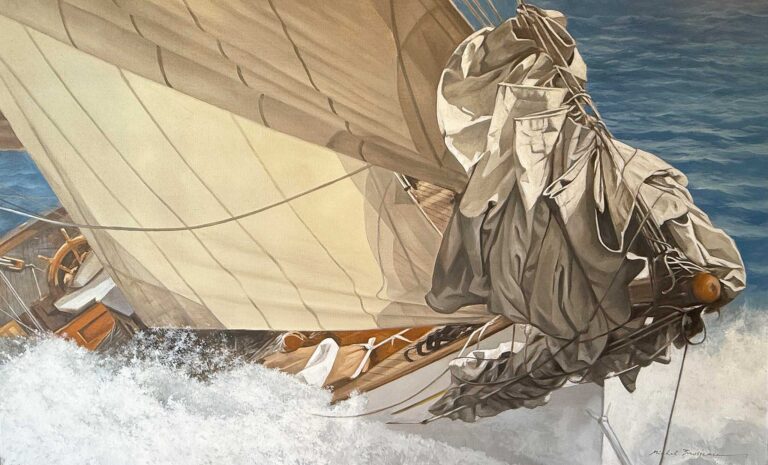
LOA: 51 feet, 2 inches • BEAM: 16 feet • POWER: single 300-hp Lugger L-6108A diesel • SPEED: 8 knots cruise • RANGE: 2,800 nautical miles at 8 knots • TANKAGE: 1,320 gallons fuel, 260 gallons water • CONTACT: Pacific Asian Enterprises, Dana Point, California, (949) 496-4848. nordhavn.com
What was your introduction to boating, and what is your boating history? We started with sailboats in 1993 and chartered in the British Virgin Islands, Grenada and Guadalupe. In 1996 we fell in love with a Nordhavn 46. A wise salesman told us to buy a smaller trawler first, so we bought a Monk 36 and cruised her on Chesapeake Bay. In 2000 we bought a 1996 Nordhavn 46 and named her Duet. We cruised the Chesapeake for a year, sold our house and moved aboard, spending winters in the Bahamas and summers in the Chesapeake. We traveled about 10,000 miles over the next six years. In 2007 we sold the boat and moved to Lake Tahoe, Nevada. After five years, we realized we really missed cruising, so we bought our current boat, a Nordhavn 50, also named Duet. Since we purchased her in 2012 we have traveled about 13,000 miles, from Seattle, north through British Columbia to Alaska, then south to Mexico and across the Pacific to French Polynesia, where Duet is now.
Someone once told us to push our personal envelope just a little bit every time we take the boat out. Our personal envelope is much bigger than it used to be.
— Ron and Nancy Goldberg
How did you get into long-distance passagemaking? What was the inspiration behind your decision? We started on our Nordhavn 46 with the idea of crossing the Atlantic one day. We’re not sure there really was an inspiration — it was more an idea that formed over several years after meeting folks who had traveled far and wide. We never did cross the Atlantic, though, something always seemed to get in the way. When we bought our second Nordhavn, we really wanted to cross an ocean. We felt that we would regret it if we didn’t do it, and since we weren’t getting any younger, we figured we’d better go soon. We decided on the Pacific, as the destinations along the way appealed more to us.
What was the first voyage where you pushed the limits, distancewise? We have completed dozens of 24- to 72-hour coastal runs. Our first “long” voyage was from La Paz to Enseñada, Mexico, in early 2016. That journey was just over 100 hours, or four days and 600 miles. This trip was a test for our planned 2,700-mile leg from Mexico to French Polynesia.

What are some challenges of long-distance passagemaking? It can be uncomfortable, boring, and both of us get seasick. It can also be scary, but you become accustomed to whatever it is that scares you. You don’t have any choice, as there is nowhere to run. Over time, you find you can get used to almost anything. French Polynesia is, relatively speaking, little visited by recreational cruisers. So there isn’t much information. The cruising guides, for example, are more than 10 years old. The anchorages are often open to swells or full of coral. But the people are incredibly friendly, there is almost no one there, and it’s spectacularly beautiful, so it’s worth the effort — at least for us.
How have your seamanship skills improved? Seamanship is a combination of a lot of things, ranging from the obvious, such as being able to navigate, to the less intuitive, such as being able to judge a good anchorage from a bad one.
There’s only so much book learning you can do, and then you need to get out there and feel it. The more experience you get, the better. On a boat like ours, seamanship includes a lot of technical skills, such as how to use both radars and the AIS simultaneously to figure out exactly what those fishing boats are doing on a dark, rainy night. We are much more comfortable with situations and conditions that would have scared us silly several years ago.
What advice would you give to anyone who’s considering doing what you’ve done? The key is to not bite off more than you can chew. One or two bad experiences can shake a couples’ confidence and doom what could have been a wonderful cruising career. We advise people to change only the boat or the cruising area, not both at the same time. When we got our Nordhavn 46, which was a much more complex boat than our Monk 36, we spent a year in the familiar Chesapeake before we set off into new waters.
Where have you traveled under power? Chesapeake Bay, U.S. East Coast, west coast of Florida, Bahamas, Pacific Northwest, British Columbia, Alaska, California coast, Baja Mexico, Marquesas, French Polynesia.
This article originally appeared in the April 2018 issue.










